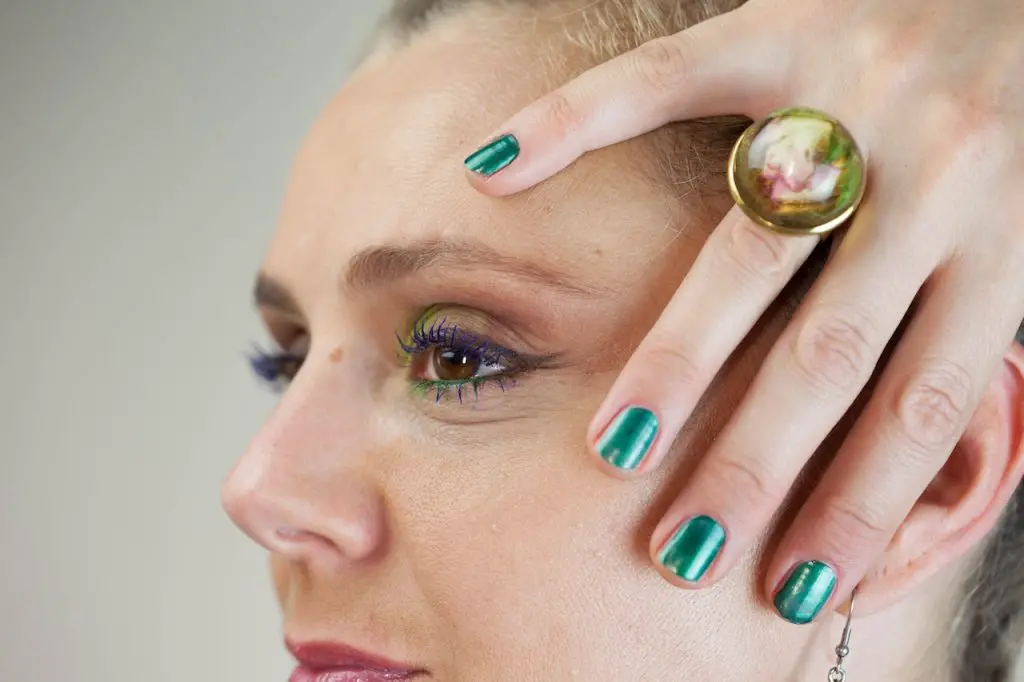Applying foundation is an essential step in many makeup routines, aiming to create a smooth and flawless complexion. However, some individuals may find that their skin looks textured and uneven after applying foundation. This phenomenon can be frustrating, but understanding the underlying causes and implementing preventative measures can help achieve a more seamless finish. In this article, we will explore the reasons why your skin looks textured with foundation and provide tips to prevent it.
Lack of Proper Skincare
The foundation’s appearance on the skin greatly depends on the canvas it is applied to. Insufficient skincare, such as inadequate exfoliation and moisturization, can lead to dry patches, rough skin texture, and flakiness. Ensure you have a consistent skincare routine that includes gentle exfoliation and moisturizing to create a smoother base for foundation application.
Skin Texture and Pores
Skin texture, including enlarged pores and uneven skin surfaces, can affect the way foundation appears on the skin. Certain factors, such as genetics, age, and skin type, contribute to the appearance of texture. When foundation settles into pores or uneven areas, it can emphasize the unevenness, making the skin look textured. Regular exfoliation, pore-minimizing primers, and mattifying products can help reduce the appearance of pores and create a more even surface.
Application Techniques
The way foundation is applied plays a crucial role in the final outcome. Using the wrong tools or techniques can lead to a cakey or textured appearance. Opt for makeup brushes or beauty sponges specifically designed for foundation application, as they can help create a smoother finish. Avoid using excessive amounts of product, as layering it too thickly can amplify texture and result in a heavy, unnatural look.
Choosing the Right Foundation Formula
Selecting the appropriate foundation formula for your skin type is essential. Different formulas work better for specific skin concerns. For example, individuals with dry skin may benefit from hydrating and luminous foundations that provide a dewy finish. Those with oily or combination skin may prefer matte or oil-free foundations that control shine. Experiment with different formulas to find the one that suits your skin type and addresses your specific concerns.
Prepping and Priming
Proper preparation and priming can significantly impact the appearance of foundation on the skin. Before applying foundation, cleanse and moisturize the face thoroughly to ensure a smooth base. Additionally, applying a primer can create a barrier between the skin and foundation, filling in fine lines, minimizing pores, and extending the wear time of makeup. Opt for a primer that addresses your specific skin concerns, such as texture or oiliness.
Setting and Finishing
Setting your foundation with a lightweight, finely milled translucent powder can help create a smoother and more long-lasting finish. Lightly dust the powder over the face using a fluffy brush to prevent the foundation from settling into fine lines or emphasizing texture. Additionally, using a setting spray can help melt the layers of makeup together and give a more natural, blended appearance.
Achieving a flawless complexion with foundation is a common goal, but sometimes the appearance of texture can undermine this objective. By implementing a consistent skincare routine, choosing the right foundation formula, utilizing proper application techniques, and incorporating prepping, priming, and setting into your makeup routine, you can significantly reduce the appearance of textured skin with foundation. Remember that each person’s skin is unique, so it may require some experimentation to find the combination of products and techniques that work best for you.


